Winter is almost upon us and every weekend feels like it might be your last chance to get outdoor projects done or to hit the trails and enjoy the crisp mountain views! Whether you’re hiking, biking, exploring, or just cleaning out your garage or garden beds, remember: this is hyperphagia season for bears. That means they’re extra busy eating and preparing for winter hibernation, consuming up to 20,000 calories a day to gain the weight they need to survive. This often drives bears to seek easy food rewards from carelessly or improperly stored attractants like garbage.
Unfortunately, there is often an increase in black and grizzly bears accessing unsecured human food sources, such as garbage and animal feed, in the fall. Properly securing these attractants can prevent many human-bear conflicts. Everyone in the Greater Yellowstone Ecosystem, whether you’re a resident or just passing through, plays a critical role in keeping bears wild and humans safe. Securing attractants—such as trash, livestock feed, compost, or beehives—is essential.
Here are a few quick tips from Idaho Fish and Game:
- Remove bird feeders between April and mid-November.
- Feed pets inside.
- Get a bear-resistant trash can and use it properly; don’t tamper with latches, prop them open, or overfill them. If you don’t have a bear-resistant can or if there is too much trash to fit in the can, keep it in a garage until the morning of pickup.
- Do not keep coolers, refrigerators, or freezers outside.
- If a bear has already visited your place and found food, take the above steps right away and call Fish and Game immediately. The bear will likely pay you a couple more visits, but if it finds no food, it will eventually move on.
Help keep Idaho bears wild!
Learn more about what can happen when garbage is not stored properly and bears start to frequent an area where they’ve received food rewards by clicking below.



